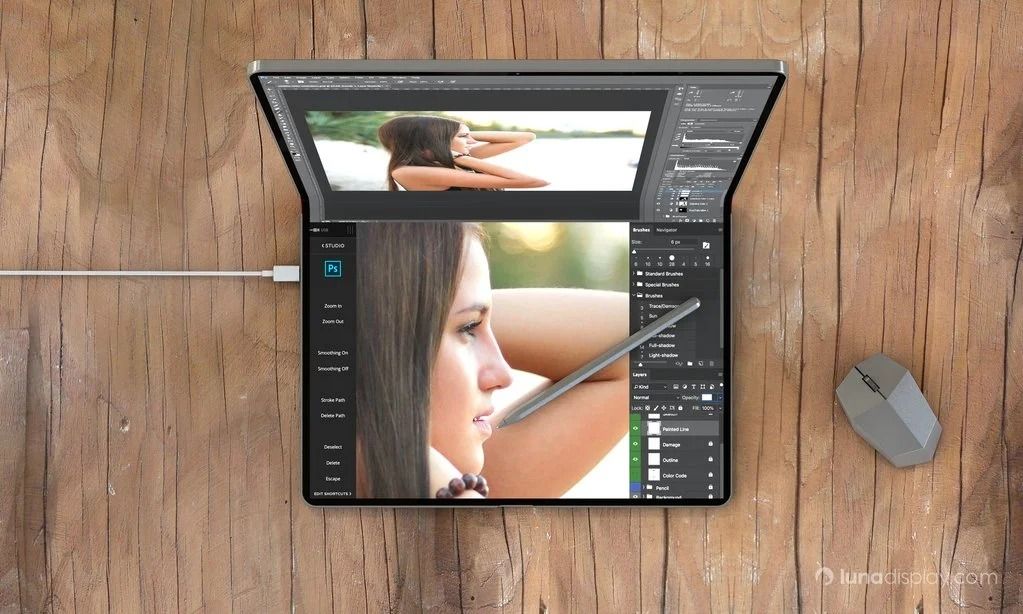
Wojciech Grzedzinski sees himself as an observer of events and of life: his photographic series talks about people living at the Lithuanian-Polish border, who, with the fall of the Soviet Union, lost not only their language, but their sense of belonging. A sensitive portrait dealing with an existence in limbo, transience and departure.
What does the title of your project stands for?
Invocatio is an introduction. In this case an introduction to a never-ending story of which I captured only scraps. Pan Tadeusz, the most outstanding work by Adam Mickiewicz, a poet recognized both in Lithuania and Poland as a national bard, begins with Invocatio. Both nations, Lithuania and Poland, argue that Mickiewicz belonged to them, which shows how complicated the history of both nations is.
How did you come up with this topic, and what did you want to show?
Years ago, I studied Cultural Anthropology, and our fieldwork was in Lithuania. Instead of doing interviews, I photographed. I was fascinated by a specific transfer in time. The suspension between two realities. Contemporaneity and sentiment for what has passed. The sentiment was so strong that it determined the present. At the same time, a beautiful celebration of tradition connects the present with the past. I wanted to show transience and leaving, a reflection on the fact that there are topics in my closer surroundings that still need to be photographed and shown.
What does the project – the Polish minority in Lithuania – say about the disintegration of the Soviet Union, about history and how to deal with it?
It speaks about a small part of what happened after the collapse of the Soviet Union, but a fairly universal one. How important is the language we use in our lives. I have met older people, well over eighty, who have lived in the same house all their lives. They were born in it, and they will die in it. The border was always near their home. But it was a contractual line. Sometimes more or less guarded. And suddenly, in 1991, they started living in free Lithuania, where the official language is Lithuanian, which they had never learned. They began to live in a country whose language they did not know. They were unable to get along at any official institution. Despite freedom, they have started to live in a kind of ghetto without walls, limited only to their small community. The wall is a language they don’t speak.
How did the people react to you?
I always try to be as close to a person as possible. He/she is the most fascinating subject of photography for me! A source of emotions. I talk as much as possible. To understand and get to know the people I photograph, even if it is just a brief meeting. My characters were happy to share their stories. The photos were taken incidentally, somewhere between the words.
What was your photographic approach, and how was working with the camera?
I always try to work the same way. Being as invisible as possible and engaging with the environment as little as possible. I peek at life. I have my favourite lenses. I like the small non-invasive camera. That’s what the Leica M gives me.
The viewer is captivated by the colourful warmth of your images, imbued with both life and yet with sadness.
For me, a colour is a form of telling this story. A form of narration that fits into the longing expressed many times by my interlocutors. They recalled the most beautiful years of their lives, building a colourful vision of past years, faded with time. Technically, I’m trying to expose the photo to light and let nature paint the picture. There is not much graphic processing in my photos.
How important is this series today – in view of new wars and conflicts?
I believe this is a fairly universal topic affecting many minorities in the post-Soviet reality. Shifting the border lines always excludes a group of people from active participation in the new reality. Unfortunately, this problem was cynically used by the Russian authorities as a pretext for aggression in Ukraine. War does not solve any problems. It only causes more suffering. It affects everyone, causing wounds that won’t be healed for generations.
What does the future hold for people living in a “no man’s land”? What can images like yours do for them?
I am curious to know to what extent photography can change anything, in these modern times when we are flooded by a tsunami of images. I hope these photos will remain a community document and save this time from oblivion. One of the functions of photography is to preserve time, and thus preserve the memories and dignity of the people photographed. Many of my characters are dead now. It was the last moment to perpetuate their memories.
Wojciech Grzedzinski was born in Warsaw in 1980. His photography centres around situations that people around the world are exposed to. For years, he has been reporting on armed conflicts and their consequences in Lebanon, Iraq, Afghanistan, South Sudan, Georgia and Ukraine. His work has been honoured with the World Press Photo, Visa D’Or, NPPA and Sony World Photography Awards. Grzedzinski is a member of the Polish Association of Artistic Photographers, and he was the official photographer of the President of the Polish Republic, from 2011 to 2015. Find our more about his photography on his website and Instagram page.
Leica M
The Leica. Yesterday. Today. Tomorrow.








